10 things you need to know about the iPhone 6
Fitter, snappier, more productive
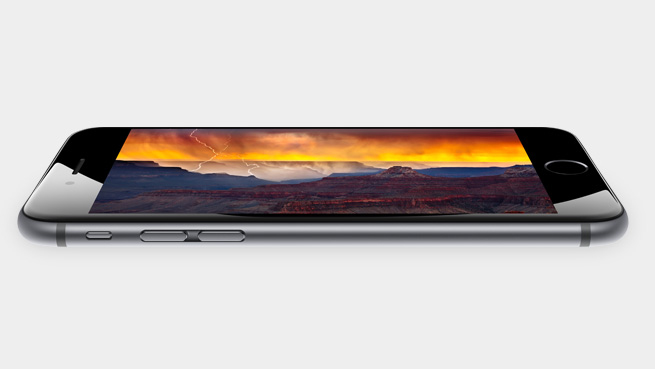
Apple has announced the iPhone 6 at a glitzy event held at the Flint Centre for Performing Arts in Cupertino.
The follow-up to the iPhone 5S comes with a brand new design and a considerably larger screen. And that's not all that's new. Here are the 10 things you need to know about the iPhone 6.
- Read our hands on iPhone 6 review
- Pre-order the iPhone 6 from Three
1. New design
We knew that Apple was going to change the design for the iPhone 6 before the first component was leaked. Apple has always revamped its smartphone on even years, separated by incrementally improved 'S' versions in the odd years.
That was confirmed for us when those aforementioned leaked components started emerging from the company's China-based production line earlier in the year.
Despite all this, though, seeing the finished iPhone 6 product is an undoubted thrill. After all, Apple is ditching a basic design language that has been around for four years, starting with the iPhone 4 in 2010.
Gone are the severely squared-off edges that have proved so iconic over the years. In their place, the iPhone 6 brings back the curviness of previous generations.
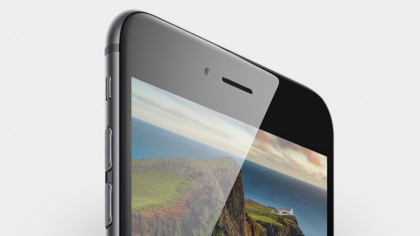
Now the back and sides of the iPhone 6 flow into each other, rather like the iPad Air or the iPod touch 5th generation. The screen, too, doesn't abruptly end. Rather, it smoothly curves round and melts into the aluminium chassis.
Get daily insight, inspiration and deals in your inbox
Sign up for breaking news, reviews, opinion, top tech deals, and more.
The iPhone 6 is a slimmer device than its predecessor, too, at just 6.9mm. In fact, it's so skinny that the rear camera sticks out somewhat disconcertingly from the back of the phone. That may take a little while to get used to.
While the iPhone 6 is significantly thinner than the iPhone 5S, though, it's also much bigger head-on. Of course, there's a very good reason for that...
2. Larger screen
The iPhone 6 is bigger than the iPhone 5S for one major reason: it's got a much larger screen.
After years of pressure and clear evidence from surveys and sales trends, Apple has caved in and made a smartphone screen that's bigger than 4-inches diagonally. Much bigger, in fact.
At 4.7-inches, this goes well beyond the simple screen-lengthening exercise of the iPhone 5 - it's both longer AND wider.
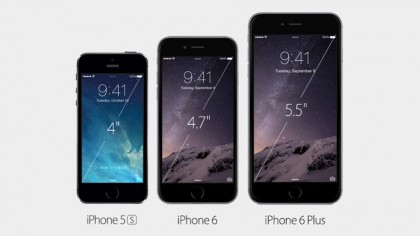
That complicates things on a number of fronts. It means that many people will struggle to be able to type on their iPhone one-handed.
It also means that Apple has had to mess with the resolution a little - not simple doubling of the pixel count as took place with the iPhone 4.
The result is a resolution of 1334 × 750, which is ever so slightly sharper than the 720p resolution adopted by most Android phones of a similar size. The result, though, is the same 326ppi figure that can be seen from the iPhone 4 right through to the iPhone 5S.
In other words, Apple gets to keep that 'Retina display' moniker without having to come up with more iPad 3-like excuses.
3. Processor
We had no idea what Apple would follow-up the iPhone 5S's A7 processor with. Only kidding. It's the A8 processor, of course.
As always Apple has kept precise details on clock rates to itself.
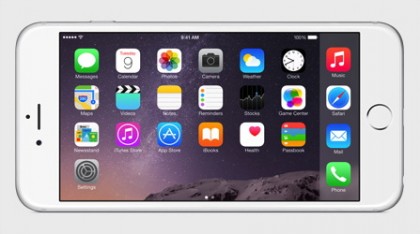
It's still built on a dual-core 64-bit architecture, and it seems the main advance here is in power efficiency. That's no bad thing, though, given that the A7 continues to hold its own against most of its rivals in a number of key performance-related areas.
Apple has built the A8 chip using a 20nm manufacturing process, which is a step on from the 28nm A7. This again will reduce heat production and increase power efficiency.
4. Battery
One area in which iPhones continue to be criticised (and mocked) is battery life. They just don't quite last long enough on a single charge.
With the iPhone 6 getting a significantly bigger and sharper screen, as well as a faster A8 processor, you'd better believe that it needed a seriously improved battery.
Fortunately, the increase in general size has made space for a significantly bigger battery than the 1,560mAh unit found in the iPhone 5S.
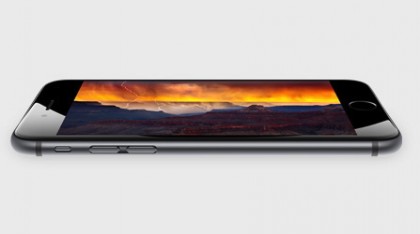
The iPhone 6 comes with a much more capacious battery unit, but it still falls short of earning the title 'long lasting', despite Apple's iOS being known to be energy efficient.
It's perhaps understandable - if a little disappointing - that Apple is quoting similar amounts of talk and standby time to previous iPhone models. Maybe the iPhone 7 will last two days or more, but it looks like you'll have to keep that charger handy with the iPhone 6.
5. NFC
The most exciting addition to the iPhone 6's internals is NFC (or Apple's own variant of), which stands for Near Field Communications - although Apple never actually muttered the letters "NFC" in its presentation.
High-end Android and Nokia Lumia users will know all about this little piece of technology, as it's been around for several years now. This is the first time Apple has incorporated it into one of its devices though, so it's set to be thrust back into the spotlight.
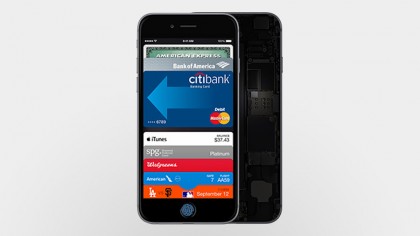
NFC is a wireless communication protocol that differs from others by being low power and extremely limited in range. This means that you can pass data locally between two NFC-equipped devices very quickly, efficiently, and discretely.
Apple's application of this is its new mobile payments system, Apple Pay, which will ultimately enable you to ditch your wallet and pay for goods at retail with a swipe or tap of your iPhone 6.